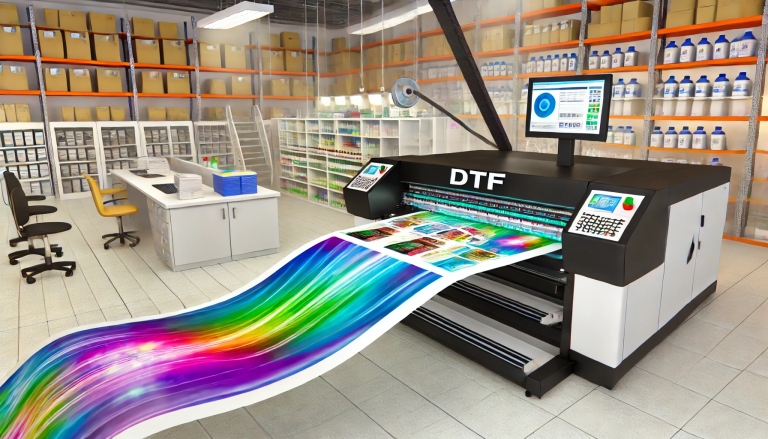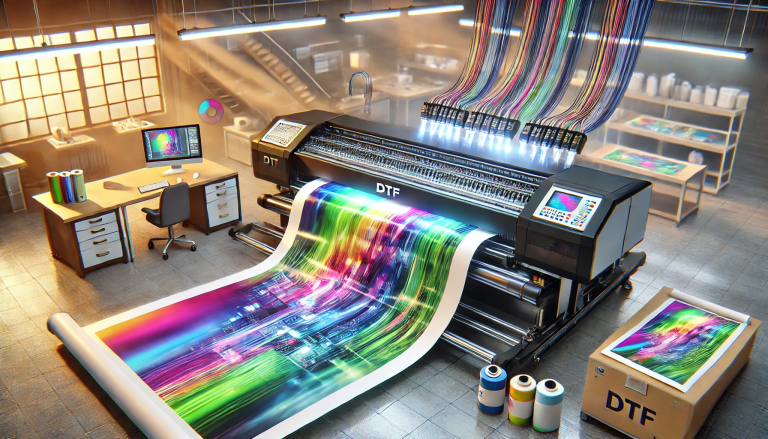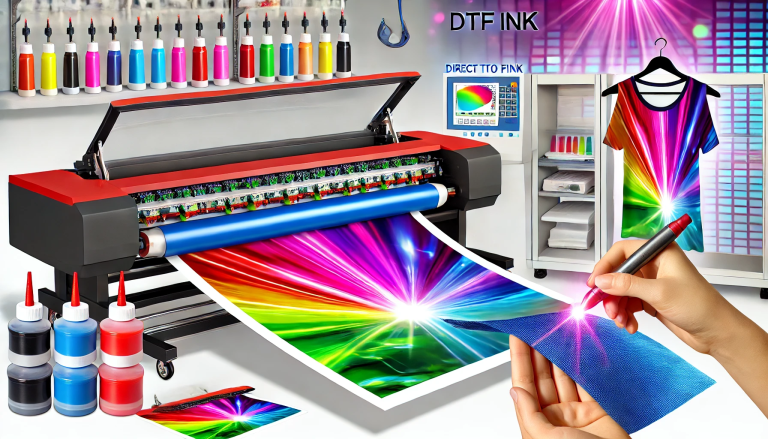“DTF vs. Sublimation: Which is Better?” -MAXDTF- UV DTF Adhesive Transfer Decal Factory, China Transfer DTF UV Film, Made in China
In the world of printing, technological advancements have brought about numerous methods that cater to different needs and applications. Two of the trending techniques in recent years are Direct to Film (DTF) and Sublimation. Both have their strengths and weaknesses, and choosing between them largely depends on your specific requirements. In this blog, we will dive into a comparative analysis of DTF and Sublimation to help you decide which is better for your needs.
1. What are DTF and Sublimation?
- DTF (Direct to Film): DTF printing involves printing designs onto a special film which is then heat-transferred onto various materials. The process doesn’t require pretreatment for dark garments and can work on both light and dark fabrics.
- Sublimation: This is a process where ink is transferred to a substrate via heat. The ink turns from a solid to a gas (bypassing the liquid state), merging with the substrate at a molecular level. It’s mainly used on polyester and polymer-coated substrates.
2. Flexibility on Materials:
- DTF: It has a broad application range. You can print on cotton, polyester, leather, and many other materials.
- Sublimation: Best results are obtained on light-colored polyester or polymer-coated materials. It’s not effective on cotton or dark fabrics without a special coating.
3. Durability and Feel:
- DTF: The print generally has a soft feel, especially when compared to traditional heat transfers. Durability is decent, but it might not be as long-lasting as sublimation, depending on the conditions of wash and wear.
- Sublimation: The print is extremely durable because it’s embedded into the fabric. There’s no additional layer on top, giving it a smooth, natural feel.
4. Color Vibrancy and Detail:
- DTF: Offers vibrant colors and is capable of printing detailed and complex designs. It can print white ink, which is a plus for dark garments.
- Sublimation: Provides vivid colors on light fabrics. However, it cannot print white, limiting its use on dark materials.
5. Environmental Concerns:
- DTF: Uses eco-friendly inks and produces minimal waste. However, the use of films can raise questions about environmental sustainability.
- Sublimation: Inks are generally eco-friendly and water-based, producing vibrant results without solvents.
6. Cost and Setup:
- DTF: Typically, DTF printers and materials are costlier. But for small-scale operations or businesses looking for versatility, it might be a worthy investment.
- Sublimation: Requires specific sublimation inks and printers. The initial setup can be expensive, but the cost per print is relatively low, especially in bulk.
Conclusion:
Deciding between DTF and Sublimation boils down to your specific needs. If you want versatility across a range of materials and require vibrant prints on dark fabrics, DTF might be your choice. However, if you’re looking for durable, long-lasting prints primarily on light polyester garments or items, sublimation could be the way to go.
Always consider factors like initial investment, material costs, and your target market before committing to a particular printing technique. Both methods have their rightful place in the market; it’s just a matter of which fits best with your vision and goals.





